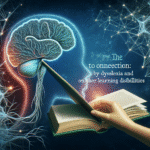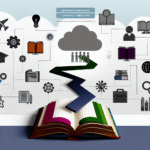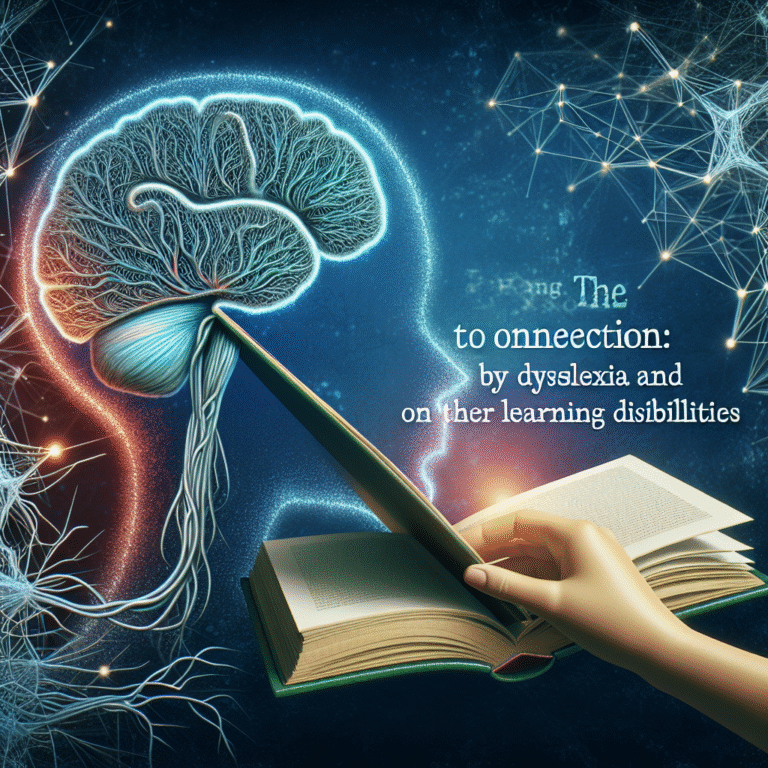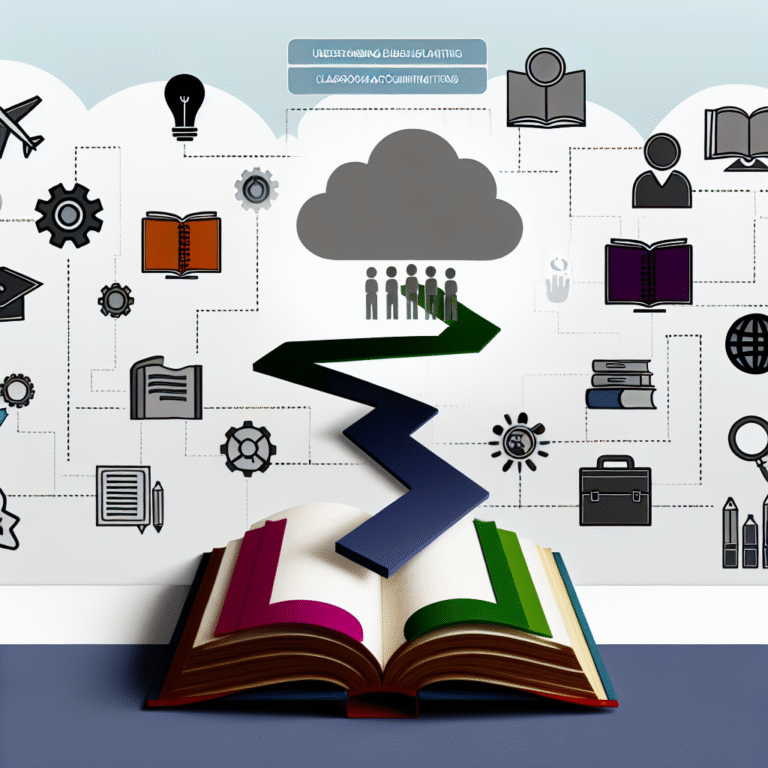
Time Management Tips for Students with Learning Disabilities: Finding Your Rhythm
Introduction
In today’s fast-paced world, mastering time management is essential, especially for students with learning disabilities. The ability to effectively organize tasks, meet deadlines, and allocate time for studying can often feel overwhelming. However, with tailored strategies, students can develop skills that help them find their rhythm, leading to academic success and enhanced self-esteem. This article explores essential time management tips for students with learning disabilities, offering actionable insights and real-life examples to help navigate their unique challenges.
Understanding Learning Disabilities
Before diving into practical time management tips, it’s vital to comprehend what learning disabilities entail. Learning disabilities are neurologically-based processing problems that can interfere with learning basic skills such as reading, writing, and math. They may also affect a student’s organizational skills and ability to focus.
The Importance of Time Management for Students with Learning Disabilities
Effective time management can significantly uplift a student’s academic performance and personal well-being. Students with learning disabilities often struggle with procrastination, difficulty in prioritizing tasks, and feeling overwhelmed by workload. By mastering time management techniques, they can alleviate stress, improve productivity, and enjoy their educational journey.
Finding Your Rhythm: Essential Time Management Tips
1. Understanding Your Unique Challenges
Every student is different, and so are their challenges. Conduct a self-assessment to identify specific areas where you struggle. Are you easily distracted? Do you have difficulty remembering deadlines? By understanding your unique challenges, you can tailor your time management strategies accordingly.
Case Study: Sarah’s Story
Sarah, a high school student with dyslexia, found it challenging to keep track of assignment due dates. By recognizing this, she decided to use a visual planner, color-coding her assignments by subject. This tailored approach not only helped her remember deadlines but also made studying more engaging.
2. Create a Structured Routine
Establishing a daily routine not only creates stability but also aids in developing habits. Designate specific blocks of time for studying, leisure activities, meals, and self-care.
| Time Block | Activity |
|---|---|
| 7:00 AM – 8:00 AM | Morning routine |
| 8:00 AM – 12:00 PM | Study session |
| 12:00 PM – 1:00 PM | Lunch break |
| 1:00 PM – 3:00 PM | Homework and assignments |
| 3:00 PM – 5:00 PM | Leisure activities |
| 5:00 PM – 6:00 PM | Dinner |
| 6:00 PM – 8:00 PM | Study review |
| 8:00 PM – 10:00 PM | Relaxation time |
Analysis
Creating a structured routine helps reinforce consistency, reducing anxiety about what comes next. For students, having set times for studying and relaxation makes the academic journey more manageable.
3. Break Tasks into Manageable Chunks
Large projects can be daunting, leading to procrastination. Break assignments into smaller, manageable tasks and set clear, achievable goals.
Case Study: Mike’s Strategy
Mike, who has ADHD, struggled with organizing his tasks for a major research paper. Instead of viewing it as a whole, he broke it down into stages: topic selection, drafting an outline, conducting research, writing, and editing. This not only made the project less intimidating but also provided him with a clear path forward.
4. Use Digital Tools and Apps
In today’s technological age, various apps can assist students in time management. From planners to timers, these tools can help keep track of deadlines and stay focused.
Recommended Apps
- Todoist: A task management app that allows you to organize projects into customizable lists.
- Forest: A productivity app that encourages focus by gamifying the process of staying off your phone.
- Google Calendar: An excellent tool for managing your time, setting reminders, and understanding your schedule visually.
Analysis
Utilizing digital tools can simplify the planning process, offering reminders and notifications that keep students on track.
5. Prioritize Tasks Effectively
Learning to prioritize is one of the key time management skills. Use strategies like the Eisenhower Matrix, which helps distinguish between what’s urgent and important.
| Task | Urgent | Important | Action Plan |
|---|---|---|---|
| Study for final exam | Yes | Yes | Dedicate significant time |
| Weekly grocery shopping | Yes | No | Allocate short time |
| Reading for pleasure | No | Yes | Scheduled leisure time |
| Cleaning your room | No | No | Do it when you have time |
Analysis
By prioritizing effectively, students can ensure they focus on tasks that yield the most significant results while still keeping deadlines in check.
6. Set realistic goals
Setting specific, measurable, achievable, relevant, and time-bound (SMART) goals guarantees that students have clear expectations.
Example of a SMART Goal
- Specific: Complete math homework.
- Measurable: Finish five problems.
- Achievable: Set aside one hour for completion.
- Relevant: This will help prepare for the upcoming test.
- Time-bound: Complete by the end of the day.
7. Allow for Flexibility
While having structure is crucial, it’s equally important to build in flexibility. Life can be unpredictable; having buffer times can help accommodate unforeseen delays without derailing progress.
Case Study: Julia’s Flexible Plan
Julia has a learning disability that often impacts her attention span. She built flexibility into her planning, allowing for breaks to re-energize. When a study session didn’t go as planned, she could shift tasks without feeling overwhelmed. This adaptability helped her maintain a positive mindset.
8. Seek Help When Needed
Students should feel empowered to seek assistance. Whether from teachers, counselors, or peers, collaboration can provide clarity and support. Forming study groups can also aid in understanding challenging subjects.
9. Self-Care and Breaks
Taking breaks is essential for maintaining focus and preventing burnout. Regular intervals for rest can rejuvenate the mind, leading to increased productivity.
Incorporating Breaks
- Pomodoro Technique: Work for 25 minutes, then take a 5-minute break. Repeat this four times and take a longer break.
10. Reflect and Adjust
Lastly, take time to reflect on your time management practices regularly. What worked? What didn’t? The ability to know when to adjust your methods is key to long-term success.
Conclusion
Finding your rhythm in time management can profoundly impact your academic experience, especially for students with learning disabilities. By implementing these time management tips for students with learning disabilities, you can navigate challenges, enhance productivity, and ultimately flourish in your educational pursuits. Remember, the journey is unique for everyone; embrace your rhythm and continue to learn and grow.
FAQs
1. What should I do if I can’t stick to my schedule?
If you have trouble adhering to your schedule, consider adjusting it to make it more realistic. Flexibility is essential, and re-evaluating your time management plan may lead to a more tailored approach.
2. How can I stay focused while studying?
Utilize tools like timers to set specific study periods. The Pomodoro Technique, which alternates studying with breaks, can also help maintain focus.
3. What if my learning disability makes it hard to prioritize tasks?
If prioritization is challenging, collaborate with teachers or mentors to help break down tasks and establish priorities. Consider using visual aids, such as charts, to clarify your priorities visually.
4. Are there specific apps that can help with time management?
Yes, applications such as Todoist, Forest, and Google Calendar are effective for enhancing organizational skills and keeping track of deadlines.
5. How can I evaluate my time management effectiveness?
Regular reflection on your accomplishments and challenges can help you evaluate your time management. Assess whether you met your goals and what adjustments can enhance your routine.
By following these tips and continuously working towards improvement, students with learning disabilities can develop effective time management skills that pave the way for a bright and successful academic future.







